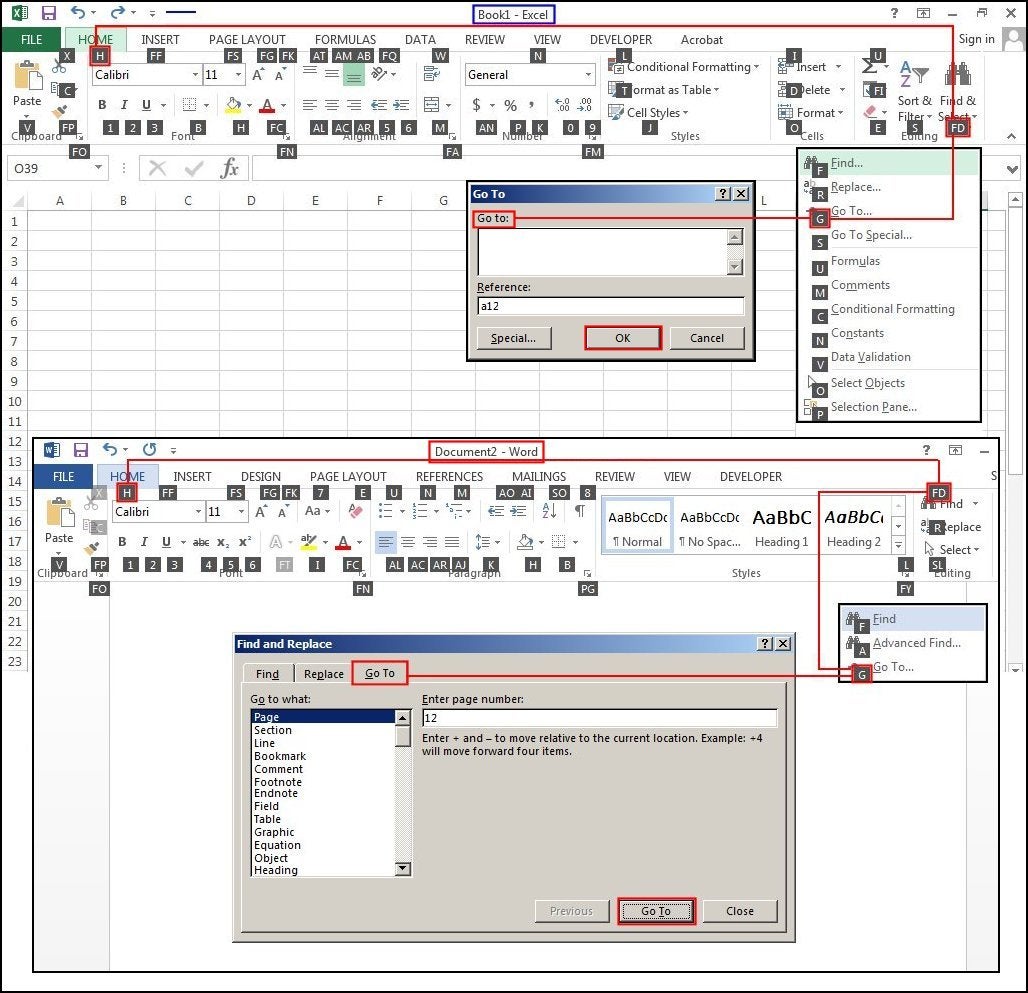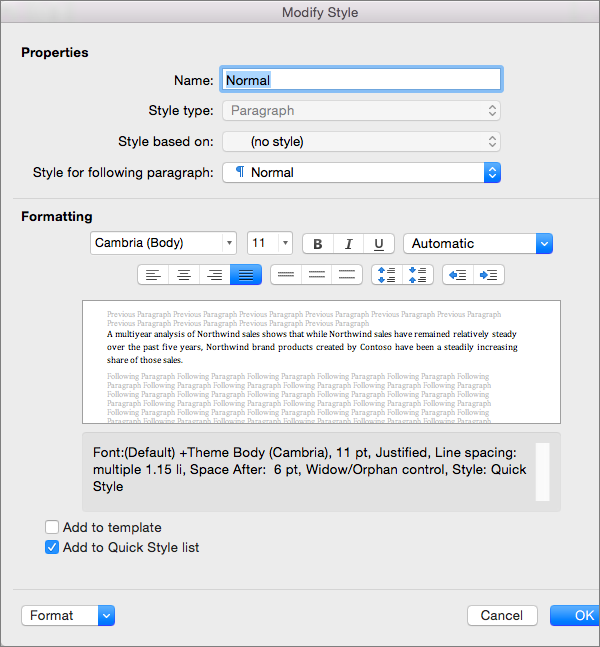Word For Mac Paragraph Justify Text
Click and drag from the T in Tech Connect to the end of the D in world, and we'll go back to Left Align, click in the background, and that's how you change alignment for entire paragraphs in your document here in Word 2019. Center text or align it on the right or left margin, or justify text to adjust the spacing between words in a paragraph so the left and right edges are even. Notes: New Office 365 features are released gradually to Office 365 subscribers, so your app might not have these features yet.
If you’re using Word, Outlook or PowerPoint, you can change the justification of a paragraph using the following four keystrokes: • Ctrl+L: Left justify the current paragraph, but keep the right margin ragged • Ctrl+R: Right justify the current paragraph. • Ctrl+E: Center the current paragraph (since Ctrl+C is already taken with Copy, they had to use the second letter.) • Ctrl+J: Left justify the current paragraph, but keep the right margin justified What does “justification” mean? Nothing to do with justice.
I’m not sure why justification is called what it is. But that’s what it’s called; for more, check out. This is left (Ctrl+L). This is centered (Ctrl+E). This is right (Ctrl+R).
Word For Mac Paragraph Justify Text Html
This paragraph is fully justified, which means the right margin is in a straight line. The rest of this paragraph is just nonsense text.  The quick brown fox jumped over the lazy dog.
The quick brown fox jumped over the lazy dog.
Lorem ipsum dolor sit amet, consectetur adipisicing elit, sed do eiusmod tempor incididunt ut labore et dolore magna aliqua. Ut enim ad minim veniam, quis nostrud exercitation ullamco laboris nisi ut aliquip ex ea commodo consequat. Duis aute irure dolor in reprehenderit in voluptate velit esse cillum dolore eu fugiat nulla pariatur. Excepteur sint occaecat cupidatat non proident, sunt in culpa qui officia deserunt mollit anim id est laborum.
This paragraph is left-justified, which means the right margin is uneven, or “ragged.” The rest of this paragraph is just nonsense text. The quick brown fox jumped over the lazy dog. Lorem ipsum dolor sit amet, consectetur adipisicing elit, sed do eiusmod tempor incididunt ut labore et dolore magna aliqua. Ut enim ad minim veniam, quis nostrud exercitation ullamco laboris nisi ut aliquip ex ea commodo consequat. Duis aute irure dolor in reprehenderit in voluptate velit esse cillum dolore eu fugiat nulla pariatur. Excepteur sint occaecat cupidatat non proident, sunt in culpa qui officia deserunt mollit anim id est laborum Quite a few other applications alllow the use of these four keystrokes as well.

But not Excel. Post navigation.

When you’re under the gun with a brief or something else that’s due ASAP, the last thing you need is Microsoft Word creating some formatting snafu that defies logic. Particularly if you’re a, you need to fix that formatting fast and get back to the business of. Here are some quick tricks to try. Unless otherwise noted below, all instructions and screenshots are for Microsoft Office 2010 for Windows. Diagnostics The first step in solving any problem is diagnosing it. The most useful tools Microsoft Word has for figuring out what’s going on with your text are the Status Bar, Show/Hide, and Reveal Formatting. Pimp Out Your Status Bar The (that long gray bar across the bottom of your Microsoft Word window) can give you a lot more diagnostic information than most users realize.
To maximize its usefulness, right-click anywhere along the blank spaces of the gray bar to get this contextual menu: I always suggest checking as many options as possible. For example, knowing that you’re in Section 3 of your document can help with diagnosing problems with headers and footers, particularly when you’ve imported text from WordPerfect (which can be very sneaky about embedding unwanted section breaks).
Turn On Your Codes To me, it’s always useful to be able to see visual representations of things like hard paragraph breaks and tabs. Fortunately, this is easily done. Just click the paragraph symbol (called Show/Hide) in the Paragraph section of the Home tab in versions 2007 or 2010 (or if you’re in version 2003 or earlier, click the Show/Hide button in the Standard toolbar). Show/Hide is particularly useful for diagnosing spacing or justification problems.
If you find all those codes distracting, leave it on just long enough to diagnose your problem and turn it off when you’re finished. Reveal Formatting, a.k.a. Word’s Reveal Codes Replacement You can get a lot more information, though, from Microsoft Word’s feature. Just click SHIFT-F1, and the Reveal Formatting pane will appear on the right-hand side. Wherever you place your cursor, Reveal Formatting will not only show you how that text is formatted, it will give you hyperlinks to take you straight to the correct menu to fix it. And if you want to know why one paragraph doesn’t look like another, simply place your cursor in the first paragraph, check the “Compare to another selection” check box, then click your cursor into the paragraph you want to compare to. Reveal Formatting will show you the differences.